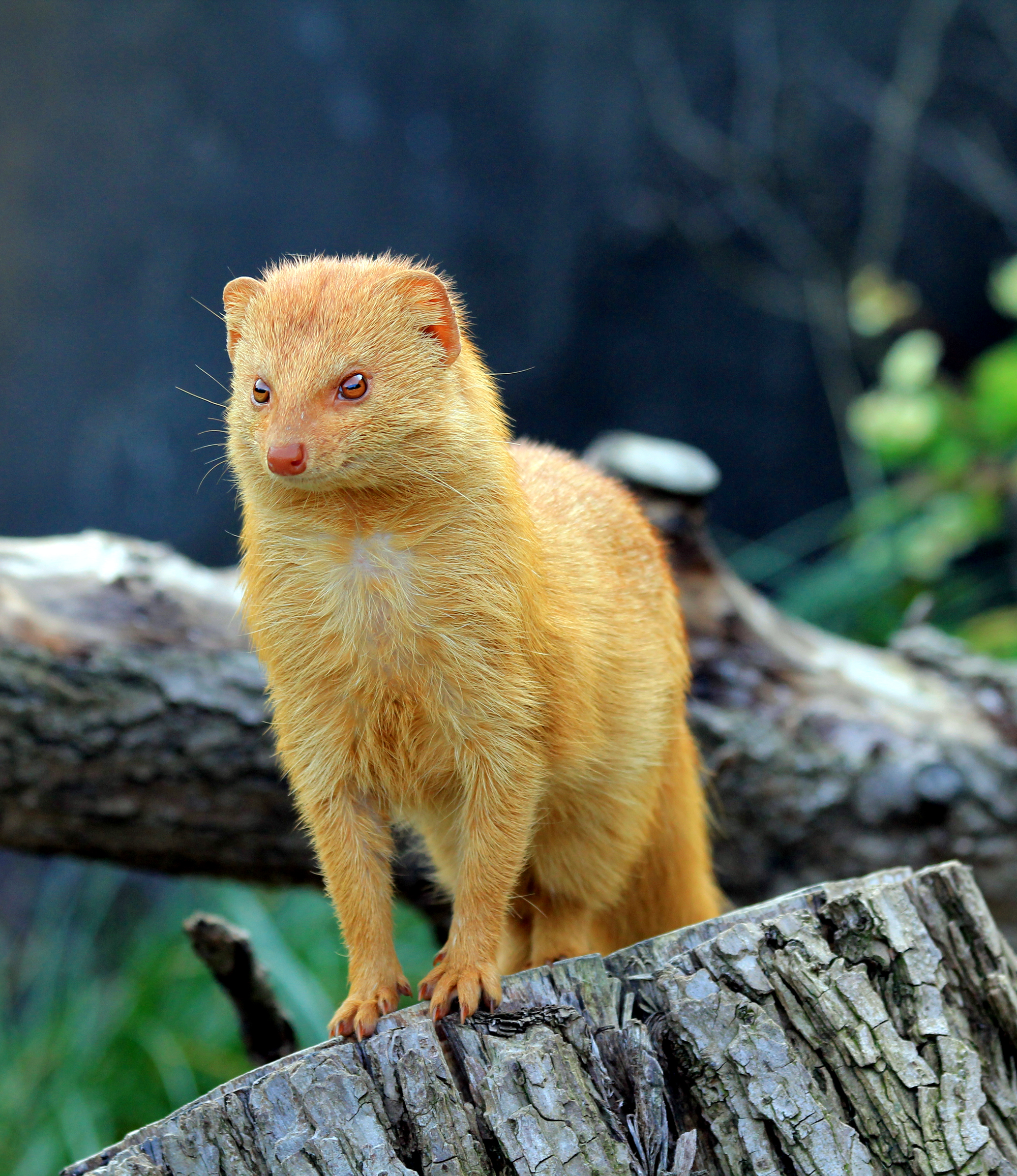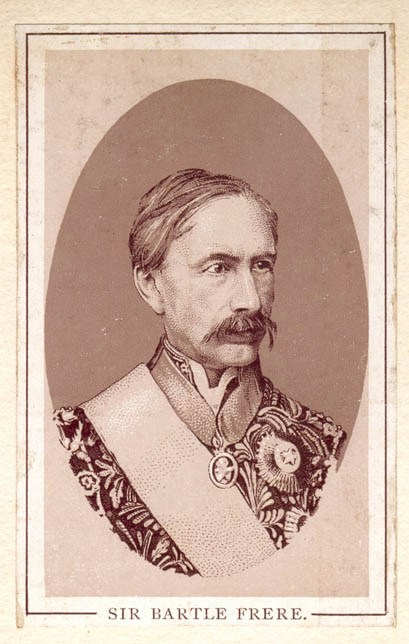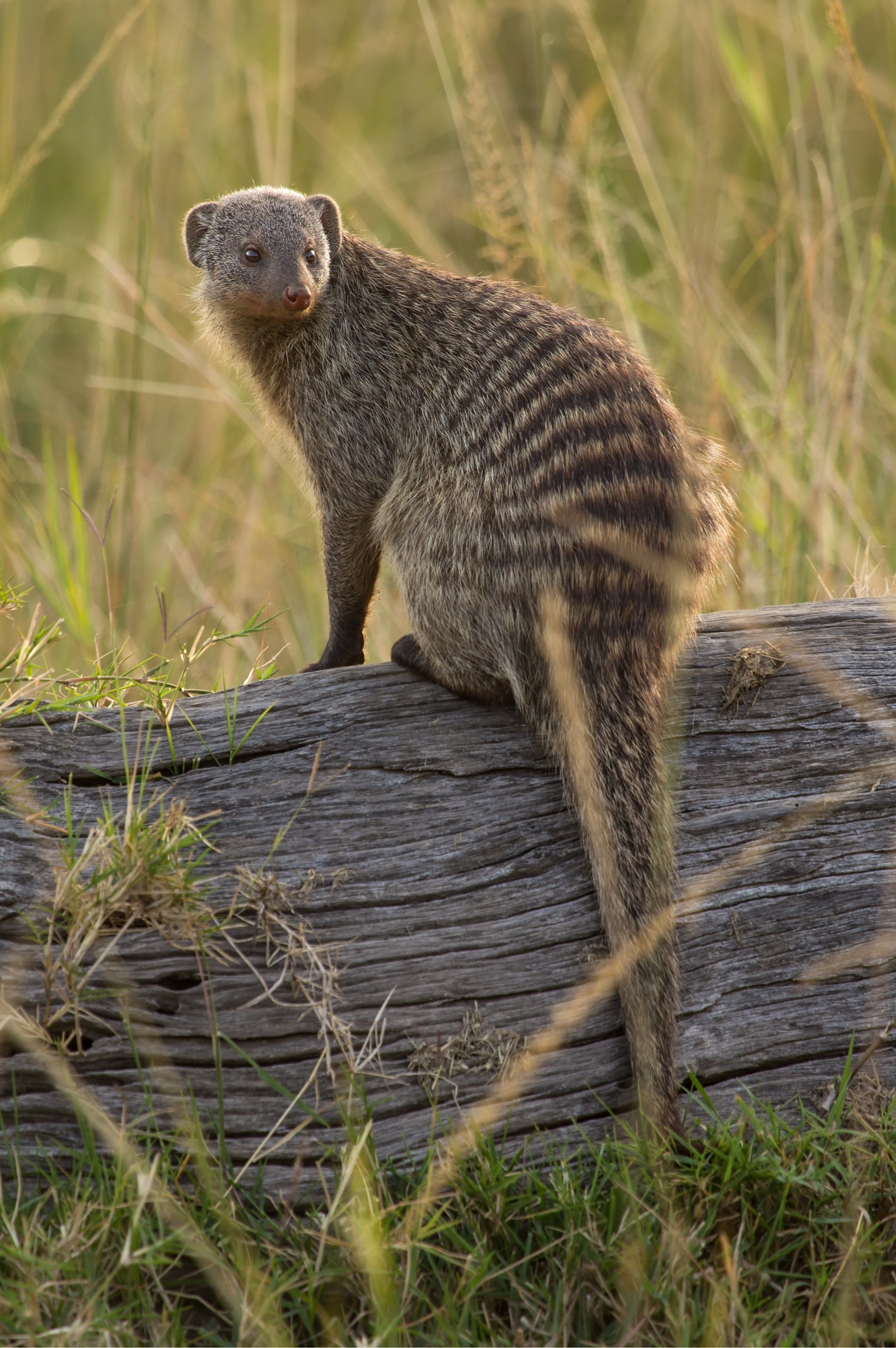|
Harold Johnson Nature Reserve
The Harold Johnson Nature Reserve is a small nature reserve () on the KwaZulu-Natal north coast. The reserve is administered by Ezemvelo KZN Wildlife and is on the southern bank of the Tugela River and from the river's mouth. Wildlife species include zebra, bushbuck, impala, blue, red duiker and grey duiker, vervet monkey, slender mongoose, white-tailed mongoose, banded mongoose and porcupine. Over 190 bird species have been observed in the reserve. One hundred and fourteen butterflies species have been recorded. Two national monuments are located within the boundaries: Fort Pearson and the Ultimatum Tree. In 1879 the British presented an ultimatum to the Zulu nation at the Ultimatum Tree on the banks of the Tugela River; this ultimatum precipitated the Anglo Zulu War. See also *List of heritage sites in KwaZulu–Natal This is a list of the heritage sites in KwaZulu-Natal as recognized by the South African Heritage Resource Agency. For performance reasons, the f ... [...More Info...] [...Related Items...] OR: [Wikipedia] [Google] [Baidu] |
KwaZulu-Natal
KwaZulu-Natal (, also referred to as KZN and known as "the garden province") is a province of South Africa that was created in 1994 when the Zulu bantustan of KwaZulu ("Place of the Zulu" in Zulu) and Natal Province were merged. It is located in the southeast of the country, with a long shoreline on the Indian Ocean and sharing borders with three other provinces and the countries of Mozambique, Eswatini and Lesotho. Its capital is Pietermaritzburg, and its largest city is Durban. It is the second-most populous province in South Africa, with slightly fewer residents than Gauteng. Two areas in KwaZulu-Natal have been declared UNESCO World Heritage Sites: the iSimangaliso Wetland Park and the uKhahlamba Drakensberg Park. These areas are extremely scenic as well as important to the surrounding ecosystems. During the 1830s and early 1840s, the northern part of what is now KwaZulu-Natal was established as the Zulu Kingdom while the southern part was, briefly, the Boer ... [...More Info...] [...Related Items...] OR: [Wikipedia] [Google] [Baidu] |
Slender Mongoose
The common slender mongoose (''Herpestes sanguineus''), also known as the black-tipped mongoose or the black-tailed mongoose, is a very common mongoose species native to sub-Saharan Africa. Taxonomy The scientific name ''Herpestes sanguineus'' was proposed by Eduard Rüppell in 1835 who described a reddish mongoose observed in the Kordofan region. Range and habitat The common slender mongoose, with up to fifty subspecies, are found throughout sub-Saharan Africa, with the black mongoose of Angola and Namibia sometimes considered a separate species. They are adaptable and can live nearly anywhere in this wide range, but are most common in the savannah and semiarid plains. They are much rarer in densely forested areas and deserts. Description As the name suggests, the common slender mongoose has a lithe body of and a long tail of . Males weigh , while the smaller females weigh . The color of their fur varies widely between subspecies, from a dark reddish-brown to an orange re ... [...More Info...] [...Related Items...] OR: [Wikipedia] [Google] [Baidu] |
Anglo Zulu War
The Anglo-Zulu War was fought in 1879 between the British Empire and the Zulu Kingdom. Following the passing of the British North America Act of 1867 forming a federation in Canada, Lord Carnarvon thought that a similar political effort, coupled with military campaigns, might succeed with the African Kingdoms, tribal areas and Boer republics in South Africa. In 1874, Sir Bartle Frere was sent to South Africa as High Commissioner for the British Empire to effect such plans. Among the obstacles were the armed independent states of the South African Republic and the Kingdom of Zululand.Knight (1992, 2002), p. 8. Frere, on his own initiative, sent a provocative ultimatum on 11 December 1878 to the Zulu king Cetshwayo and upon its rejection sent Lord Chelmsford to invade Zululand. The war is notable for several particularly bloody battles, including an opening victory of the Zulu at the Battle of Isandlwana, followed by the defence of Rorke's Drift by a small British force fro ... [...More Info...] [...Related Items...] OR: [Wikipedia] [Google] [Baidu] |
Ultimatum Tree
An ultimatum (; ) is a demand whose fulfillment is requested in a specified period of time and which is backed up by a threat to be followed through in case of noncompliance (open loop). An ultimatum is generally the final demand in a series of requests. As such, the time allotted is usually short, and the request is understood not to be open to further negotiation. The threat which backs up the ultimatum can vary depending on the demand in question and on the other circumstances. The word is used in diplomacy to signify the final terms submitted by one of the parties in negotiation for settlement of any subject of disagreement. It is accompanied by an intimation as to how refusal will be regarded. English diplomacy has devised the adroit reservation that refusal will be regarded as an "unfriendly act", a phrase which serves as a warning that the consequences of the rupture of negotiations will be considered from the point of view of forcing a settlement. This opens up a varie ... [...More Info...] [...Related Items...] OR: [Wikipedia] [Google] [Baidu] |
Fort Pearson
Fort Pearson was a fortification constructed by the British on the Colony of Natal, Natal side of the border with Zululand in the lead up to the 1879 Anglo-Zulu War. An earthen redoubt on a high cliff overlooking the Tugela River, the fort and its two external redoubts commanded an important river crossing. The crossing was used by one of the columns of the first invasion of January 1879, that was then Siege of Eshowe, besieged at Eshowe in Zululand. The crossing was used again by the Eshowe relief column in March and the second invasion in April. The fort was strengthened in April 1879 and connected to Pietermaritzburg by telegraph by June. The war was won by the British in July but the fort was briefly occupied again by British troops in 1883 during the Third Zulu Civil War. Pre-war Fort Pearson was an earthen redoubt constructed by the 2nd battalion of the 3rd Regiment of Foot (the Buffs) and part of the Naval Brigade (Royal Navy personnel serving as infantry) on the ... [...More Info...] [...Related Items...] OR: [Wikipedia] [Google] [Baidu] |
List Of Heritage Sites In KwaZulu-Natal
This is a list of the heritage sites in KwaZulu-Natal as recognized by the South African Heritage Resource Agency. For performance reasons, the following district has been split off from this page: * List of heritage sites in Pietermaritzburg References {{Lists of South African Heritage Resources Tourist attractions in KwaZulu-Natal KwaZulu-Natal Heritage sites ... [...More Info...] [...Related Items...] OR: [Wikipedia] [Google] [Baidu] |
Porcupine
Porcupines are large rodents with coats of sharp spines, or quills, that protect them against predation. The term covers two families of animals: the Old World porcupines of family Hystricidae, and the New World porcupines of family, Erethizontidae. Both families belong to the infraorder Hystricognathi within the profoundly diverse order Rodentia and display superficially similar coats of rigid or semi-rigid quills, which are modified hairs composed of keratin. Despite this, the two groups are distinct from one another and are not closely related to each other within the Hystricognathi. The largest species of porcupine is the third-largest living rodent in the world, after the capybara and beaver. The Old World porcupines (Hystricidae) live in Italy, Asia (western and southern), and most of Africa. They are large, terrestrial, and strictly nocturnal. The New World porcupines (Erethizontidae) are indigenous to North America and northern South America. They live in wooded ar ... [...More Info...] [...Related Items...] OR: [Wikipedia] [Google] [Baidu] |
Banded Mongoose
The banded mongoose (''Mungos mungo'') is a mongoose species native from the Sahel to Southern Africa. It lives in savannas, open forests and grasslands and feeds primarily on beetles and millipedes. Mongooses use various types of dens for shelter including termite mounds. While most mongoose species live solitary lives, the banded mongoose live in colonies with a complex social structure. Characteristics The banded mongoose is a sturdy mongoose with a large head, small ears, short, muscular limbs and a long tail, almost as long as the rest of the body. Animals of wetter areas are larger and darker colored than animals of dryer regions. The abdominal part of the body is higher and rounder than the breast area. The rough fur is grayish brown and black, and there are several dark brown to black horizontal bars across the back. The limbs and snout are darker, while the underparts are lighter than the rest of the body. Banded mongooses have long strong claws that allow them to dig i ... [...More Info...] [...Related Items...] OR: [Wikipedia] [Google] [Baidu] |
White-tailed Mongoose
The white-tailed mongoose (''Ichneumia albicauda'') is a species in the mongoose family Herpestidae. It is the only member of the genus ''Ichneumia''. Taxonomy ''Herpestes albicaudus'' was the scientific name proposed by Georges Cuvier in 1829 for a mongoose specimen with a white tail from Senegal. The genus name ''Ichneumia'' was coined by Isidore Geoffroy Saint-Hilaire in 1837. Characteristics The white-tailed mongoose attains a weight range of , with an average of approximately , has a head-and-body length of and a tail length of .Egi, N. (2001). ''Body mass estimates in extinct mammals from limb bone dimensions: the case of North American hyaenodontids''. Palaeontology, 44(3), 497-528. On average it appears to be the longest and heaviest extant species of mongoose, although its linear and body mass parameters broadly overlap with other larger mongoose species, in particular, the marsh mongoose seems to most closely rival (and possibly match) in range of body masses repor ... [...More Info...] [...Related Items...] OR: [Wikipedia] [Google] [Baidu] |
Vervet Monkey
The vervet monkey (''Chlorocebus pygerythrus''), or simply vervet, is an Old World monkey of the family Cercopithecidae native to Africa. The term "vervet" is also used to refer to all the members of the genus ''Chlorocebus''. The five distinct subspecies can be found mostly throughout Southern Africa, as well as some of the eastern countries. Vervets were introduced to Florida, St. Kitts and Nevis, Barbados, and Cape Verde. These mostly herbivorous monkeys have black faces and grey body hair color, ranging in body length from about for females, to about for males. In addition to behavioral research on natural populations, vervet monkeys serve as a nonhuman primate model for understanding genetic and social behaviors of humans. They have been noted for having human-like characteristics, such as hypertension, anxiety, and social and dependent alcohol use. Vervets live in social groups ranging from 10 to 70 individuals, with males moving to other groups at the time of sexual mat ... [...More Info...] [...Related Items...] OR: [Wikipedia] [Google] [Baidu] |
KwaZulu-Natal North Coast
The KwaZulu-Natal North Coast (better known as the Dolphin Coast, the KZN North Coast or just the North Coast) is a region on the northern coast of KwaZulu-Natal, South Africa. It stretches from Tugela, KwaZulu-Natal, Thukela Mouth in the north to Ballito in the south. The coast is governed by the iLembe District Municipality. Its main towns are Ballito, Salt Rock and KwaDukuza. As of 2011 the KwaZulu-Natal North Coast has a population of 231,187 (KwaDukuza Local Municipality which excludes Thukela Mouth). Geography It is bordered by the Indian Ocean on the east, Zulu Kingdom, Zululand in the north, the Midlands of KwaZulu-Natal, KwaZulu-Natal Midlands in the west and EThekwini Metropolitan Municipality, eThekwini to the south. The coastline between Westbrook, KwaZulu-Natal, Westbrook and Umhlanga, KwaZulu-Natal, uMhlanga is sometimes regarded part of the North Coast however according to Tourism KZN (government agency for tourism in KwaZulu-Natal), the KwaZulu ... [...More Info...] [...Related Items...] OR: [Wikipedia] [Google] [Baidu] |
Grey Duiker
The common duiker (''Sylvicapra grimmia''), also known as the grey or bush duiker, is a small antelope and the only member of the genus ''Sylvicapra''. This species is found everywhere in Africa south of the Sahara, excluding the Horn of Africa and the rainforests of the central and western parts of the continent. Generally, they are found in habitats with sufficient vegetation cover to allow them to hide—savanna and hilly areas, including the fringes of human settlements. Description Colouration of this species varies widely over its vast geographic range. There are 14 subspecies described, ranging from chestnut in forested areas of Angola to grizzled gray in northern savannas and light brown shades in arid regions. It grows to about in height and generally weighs ; although females are generally larger and heavier than the males. Only the male has horns and these can grow to long. Behavior Breeding is year round and the female gives birth to one fawn after a gestation ... [...More Info...] [...Related Items...] OR: [Wikipedia] [Google] [Baidu] |







